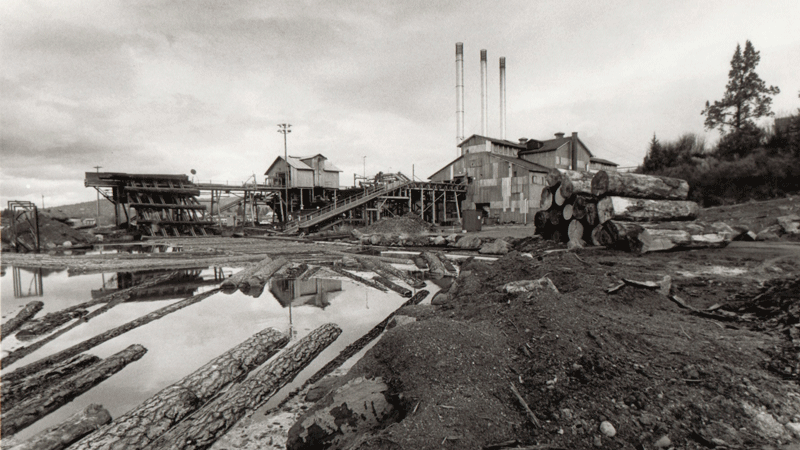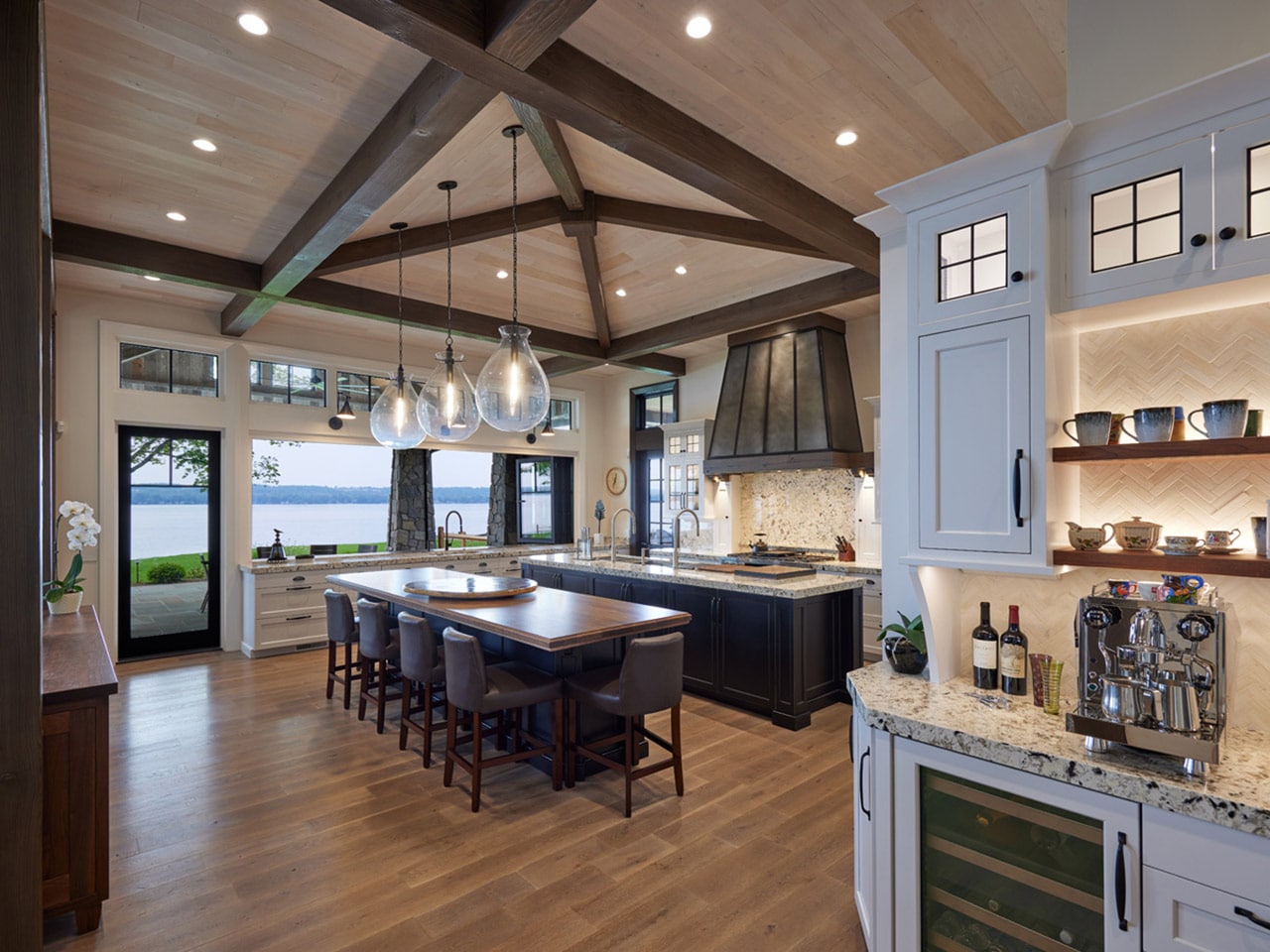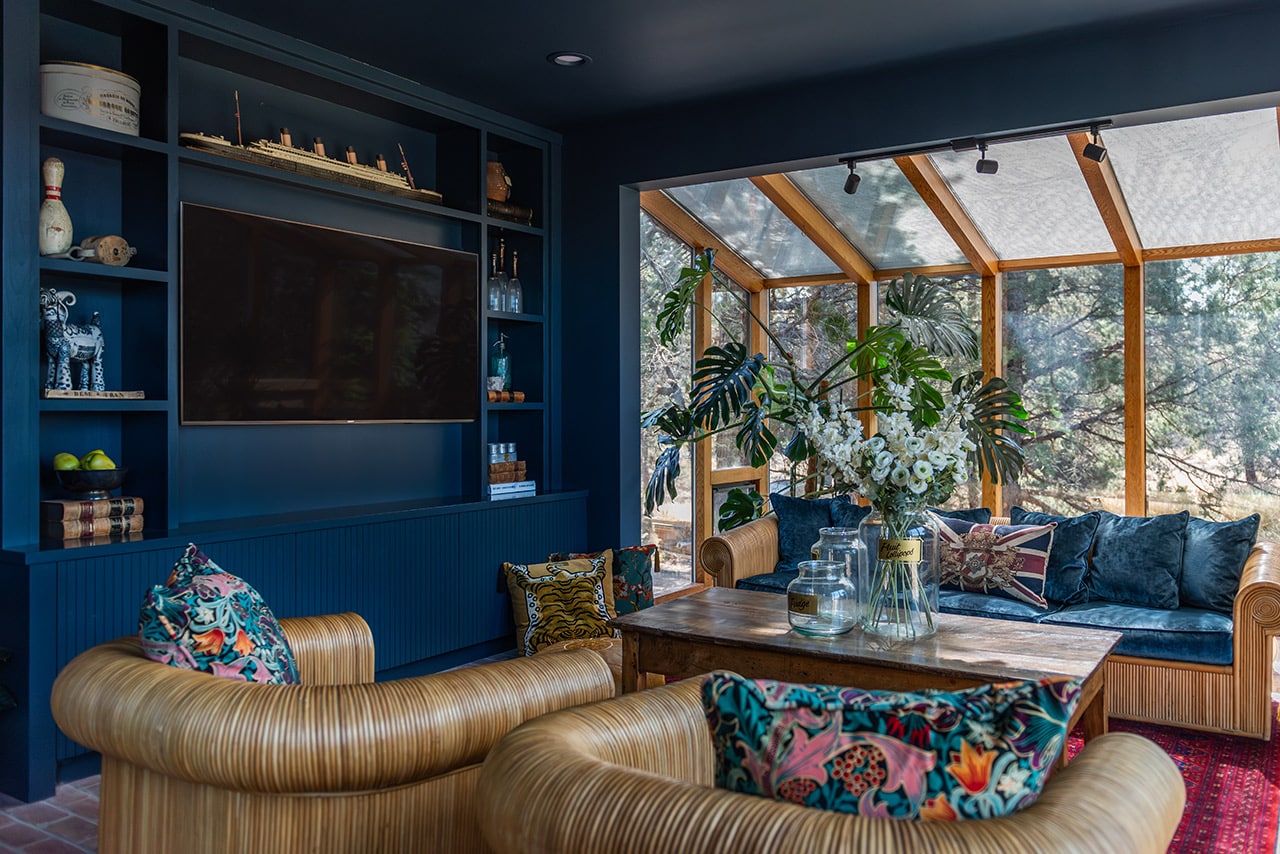When Sherry Ortega drops into the Old Mill District off Reed Market Road, she sees stunning views of the mountains, the sparkling blue sky, the iconic smokestacks above REI, people throwing frisbees, kayakers and stand-up paddleboarders, families walking dogs and outdoor diners and she wonders, why wouldn’t she want to live here? As a principal broker with Bend Premier Real Estate and a longtime Bend resident, she believes people come to Bend for the lifestyle.

“When I have clients from outside the area, I take them to Bend’s downtown area along Wall and Bond Streets and then to the Old Mill,” she said, adding that she doesn’t know of another place with so many lifestyle activities packed into one district. But it wasn’t always like that.
A Bit of History
For most of the twentieth century, Bend’s life and economy revolved around two rival sawmills that both opened in 1916, helping fuel America’s growth. After the city incorporated in 1905, Bend grew outward from the early soul of the city—Mirror Pond and Drake Park where founding families arrayed their homes, and essential millworkers built homes closer to the mills.
The city prospered in the 1980s. Besides lumber, the city had Mount Bachelor, destination resorts such as Sunriver, Inn of the Seventh Mountain (now Seventh Mountain Resort), a community college and first-rate regional medical care that drew people to the area. But by century’s end, the collapse of the timber industry in the Northwest idled Bend’s last mill and frayed the economic fabric of the area. With the old economic power base gone, the city searched for a new identity.

William “Bill” Smith, who moved to Bend in 1970 while attending Stanford’s MBA program, had an idea; a really big idea that would add a thumping new pulse to Bend’s economy. As the former president of Brooks Resources Corp., and later head of his own development company, he was inspired after seeing how other cities had transformed blighted areas into lively new space for retail shops, restaurants, art galleries, parks and walking trails for public use.
He formed a partnership to purchase 270 acres on the site of the former Shevlin-Hixon and Brooks-Scanlon mills and spent years cleaning up eroded riverbanks long forbidden to the public. An interpretive sign in the Old Mill details the timeline of restoration: 1994 public access to 14,000 feet of riverfront; 1995 river trails created for public use; and 1997 a fish ladder installed in the Colorado Street bridge for fish migration.
In 1998, he gained approval of Oregon’s land use laws and city zoning requirements to develop the site, which opened in 2000 with Regal Cinemas and Ben & Jerry’s ice cream. Today it’s an entertainment hub and river-centric mecca with the recently remodeled Hayden Homes Amphitheater for outdoor concerts and events, shopping, dining, lodging, businesses, residences and miles of scenic river trails. A former air-polluting mill burner has been converted to a flower feature, joining thousands of flowering landscapes throughout the Old Mill—another flourish of Smith’s to beautify the area.

Urban Life in a Playground
Longtime Bend resident Dennis Oliphant, who built Sun Country Tours into a major whitewater adventure company—owning it from 1978 to 2016 when he sold to Mt. Bachelor—calls the Otter Run neighborhood in the Old Mill District home. “I lived out of town on acreage before moving into the mill,” he said. “It didn’t take long for me to appreciate the conveniences.”
“I seldom drive my car. I ride my bike everywhere, which is a huge advantage because it’s hard to find parking in Bend. We live on the water behind the Hayden stage, which is awesome. I really enjoy the music from our deck,” he said, referring to the home he shares with his partner Traci Porterfield.
He notes that Otter Run has no short-term rentals and 90 percent of residents live there year-round. There’s a perception that the Old Mill District has many second or vacation homes, but Oliphant said that property is expensive and “it’s not like a summer cabin.”
Principal realtor Ortega provided information showing that in August, the Old Mill District had only two active residential real estate listings and two pending sales, with prices ranging from $1 million to $2.3 million. She said condominiums and townhomes are highly sought after.
There are more than 150 residential units in the Old Mill District with more townhome and apartment projects proposed in the future.
Today’s mill residents may be better off than the millworkers who lived nearby in modest homes, but their legacy endures a century later, carefully preserved by Smith and others who incorporated elements of both mills into the vibrant new district.







